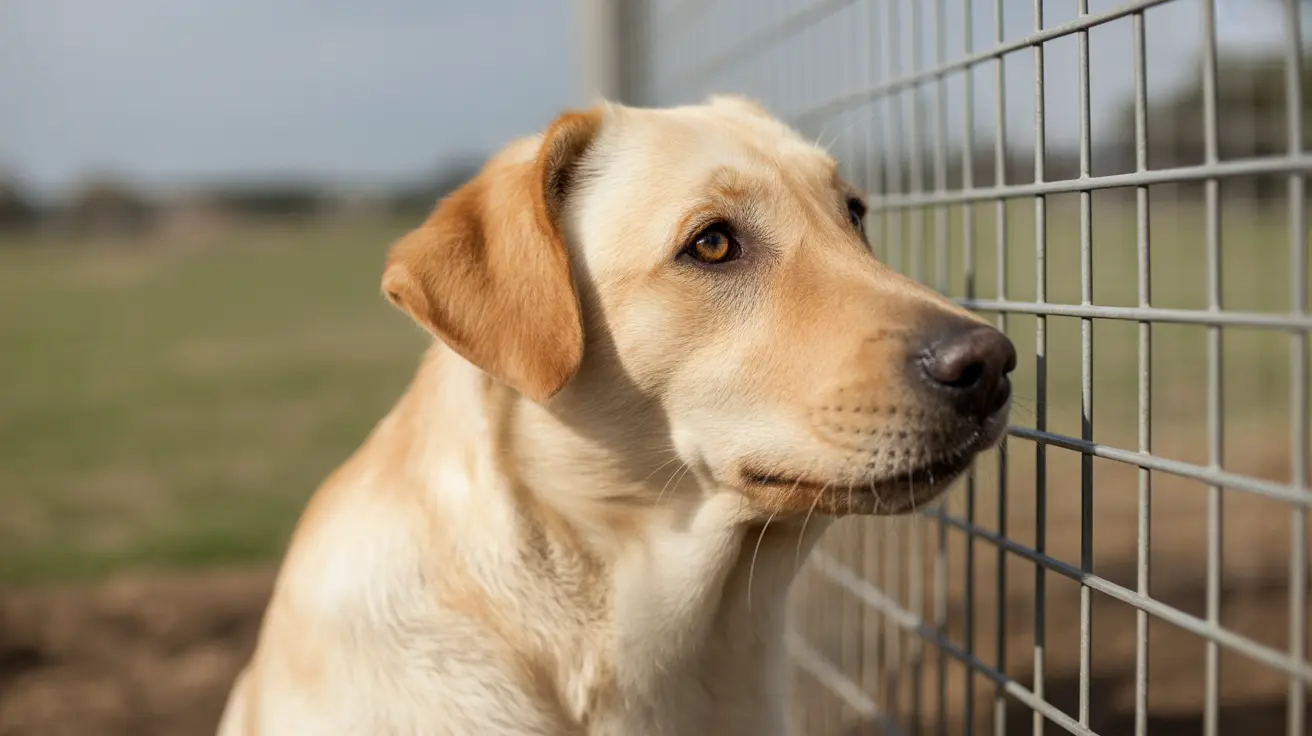How Long It Takes for Dogs to Show Signs of Mushroom Poisoning
Mushroom poisoning in dogs is a critical concern for pet owners, especially given how quickly toxic effects can manifest. Wild mushrooms, although common in many outdoor environments, pose a significant danger due to the difficulty in distinguishing between safe and poisonous species. Knowing the time frame in which symptoms appear can help ensure prompt and potentially life-saving treatment for affected dogs.
Common Time Frames for Symptom Onset
Dogs can begin to show signs of mushroom poisoning almost immediately or up to several hours after ingestion, depending on the specific mushroom species and amount consumed. Toxic effects may appear:
- Within minutes: Some toxins act fast and can cause neurological symptoms or gastrointestinal distress within 15–30 minutes.
- Within 6 hours: Many poisonous mushrooms exhibit symptoms within this window, making it the most crucial period for observation.
- Up to 12 hours or more: Certain species, such as Amanita phalloides (death cap), may delay symptoms for 6–12 hours, leading to a false sense of security before severe toxicity sets in.
Symptoms to Watch For
The signs of mushroom poisoning can vary widely, but key symptoms include:
- Gastrointestinal issues: Vomiting, diarrhea (sometimes bloody), and excessive drooling.
- Neurological symptoms: Ataxia (loss of coordination), tremors, seizures, and muscle spasms.
- Behavioral changes: Disorientation, restlessness, weakness, or collapse.
- Systemic effects: Jaundice, increased thirst or urination, breathing difficulty, and heart rate irregularities.
- Organ failure: Symptoms indicating liver or kidney failure can follow within 24–48 hours if not treated.
Commonly Poisonous Mushroom Varieties
Several mushroom species are particularly toxic to dogs:
- Amanita phalloides (Death Cap)
- Amanita bisporigera (Destroying Angel)
- Amanita muscaria (Fly Agaric)
- Cortinarius rubellus (Deadly Webcap)
- Gyromitra esculenta (False Morel)
Consumption of even a small amount can be fatal, making early detection and treatment vital.
What to Do If You Suspect Ingestion
If you believe your dog has consumed a wild mushroom:
- Remove any mushroom remnants from the dog’s mouth immediately.
- Collect a sample of the mushroom using gloves or a bag for identification.
- Contact your veterinarian or an animal poison control center right away—do not wait for symptoms to develop.
- Do not induce vomiting unless explicitly instructed by a veterinary professional.
Prevention Tips
Preventing mushroom poisoning is the best approach:
- Supervise outdoor activity and monitor areas where mushrooms typically grow.
- Train your dog to obey the “leave it” command during walks or hikes.
- Regularly remove wild mushrooms from your yard and other places where your dog spends time.
- Use a leash to manage your dog in high-risk areas.
Safe Alternatives and Diet Considerations
While wild mushrooms are dangerous, dogs can consume certain edible mushrooms sold in grocery stores, including:
- White Button
- Cremini
- Portobello
- Shiitake
- Oyster
- Enoki
- Lion’s Mane
These should be given plain and in small amounts, without any seasonings or additives. Cooked mushrooms are easier to digest, but both raw and cooked forms are generally safe when offered as treats.
Conclusion
Understanding how quickly symptoms of mushroom poisoning appear in dogs is crucial for timely intervention. Toxic reactions can occur within minutes or take over 12 hours to manifest, depending on the mushroom type. Never allow your dog to consume wild mushrooms, and always seek veterinary help if ingestion is suspected. Prompt action can make the difference between recovery and fatality.





